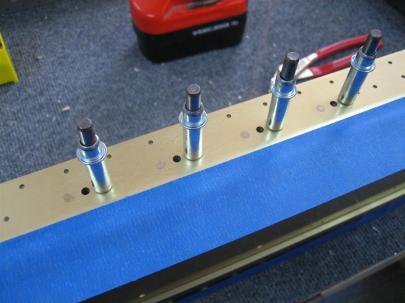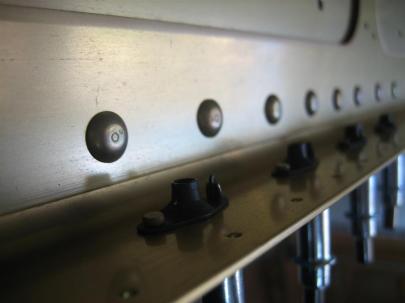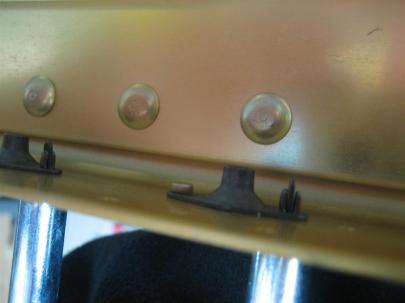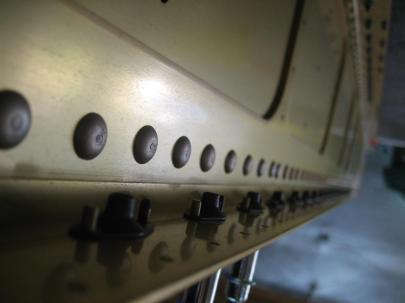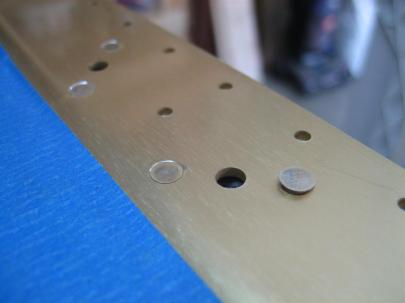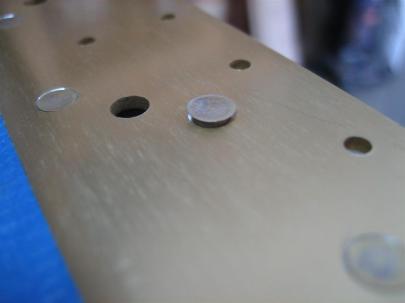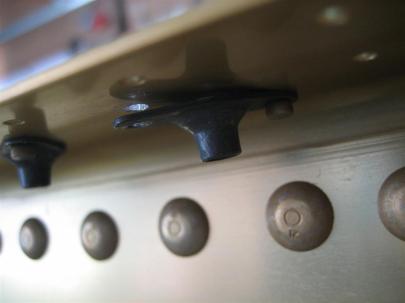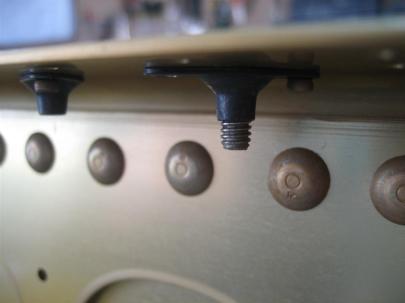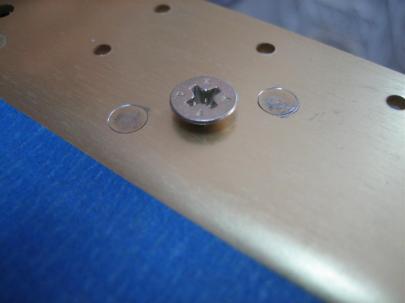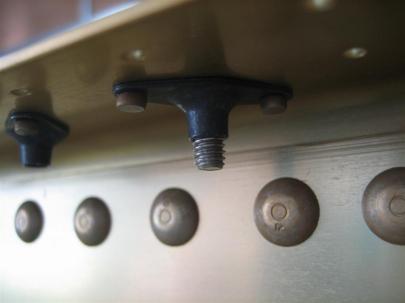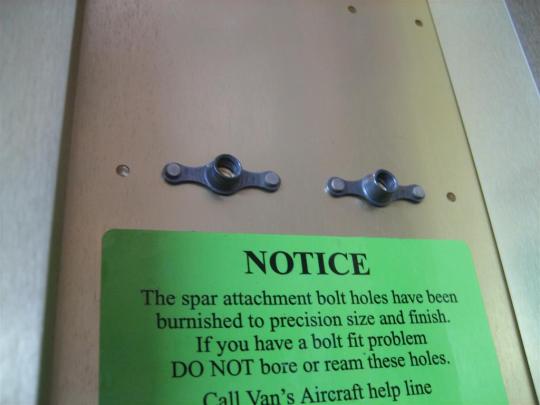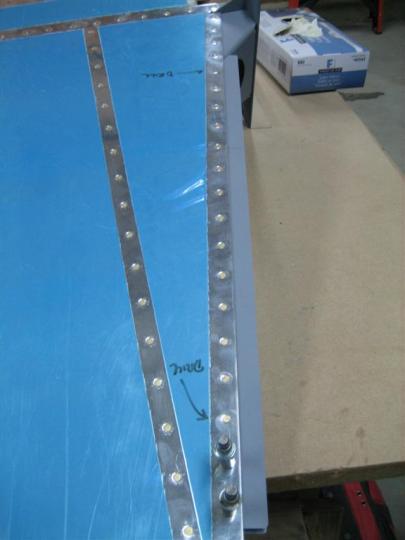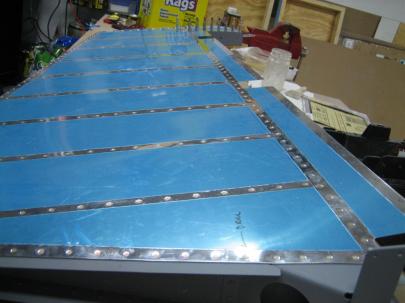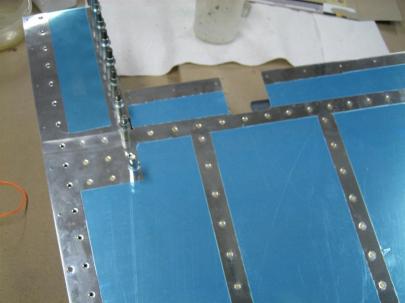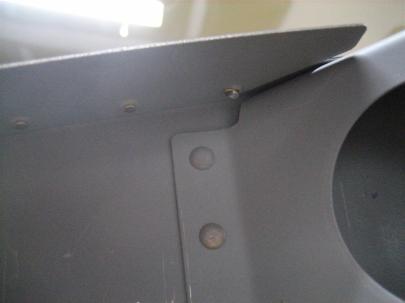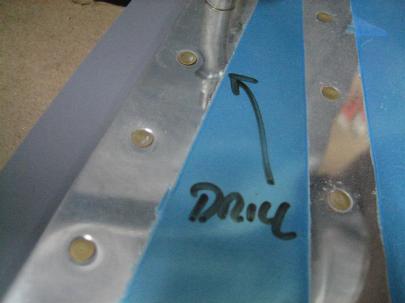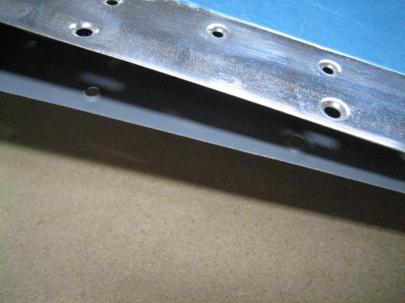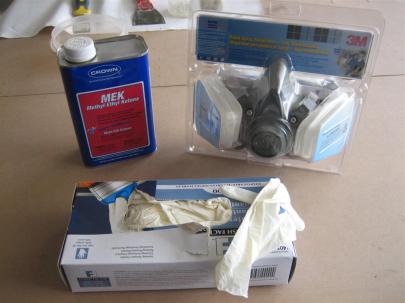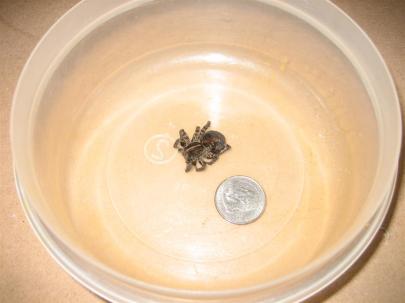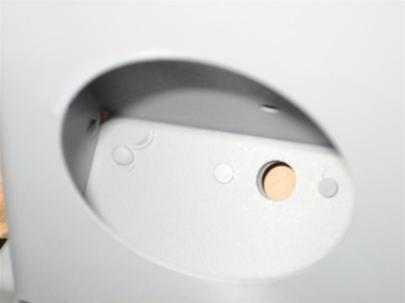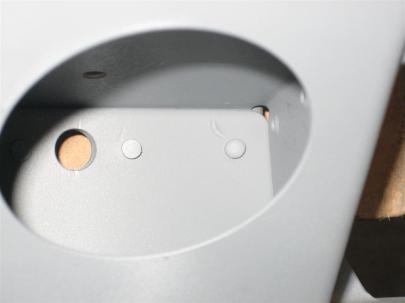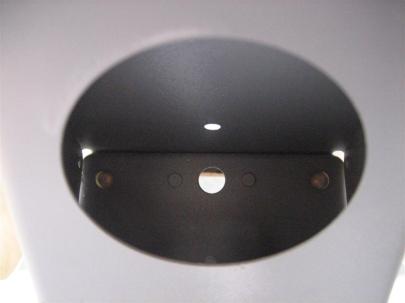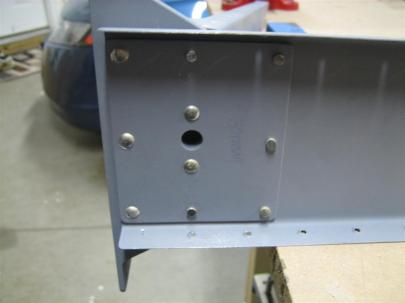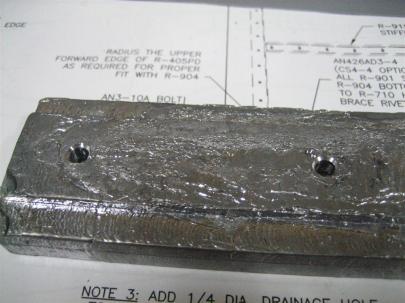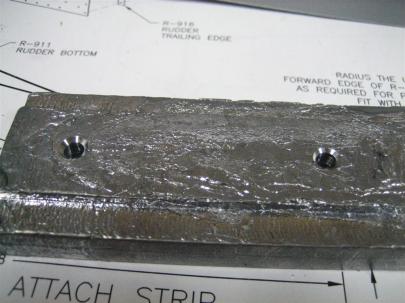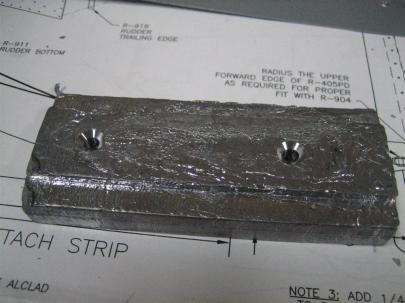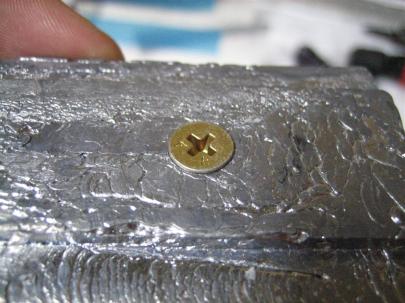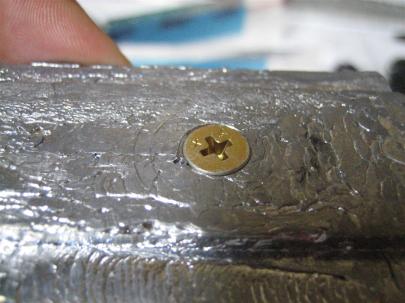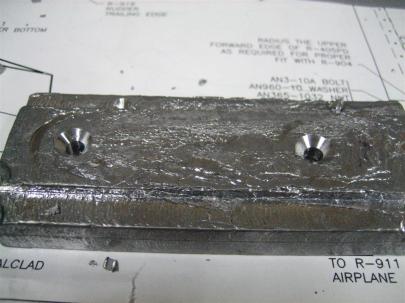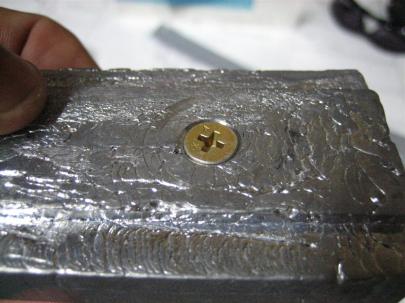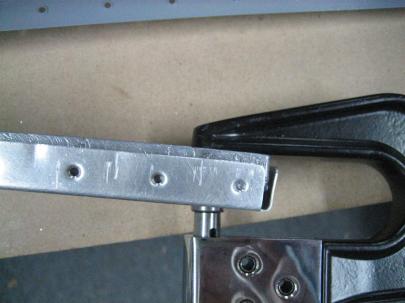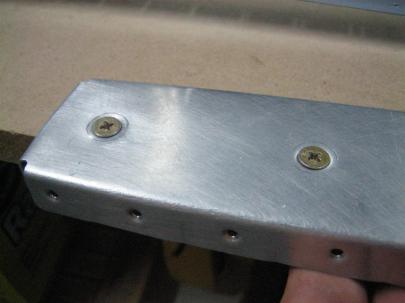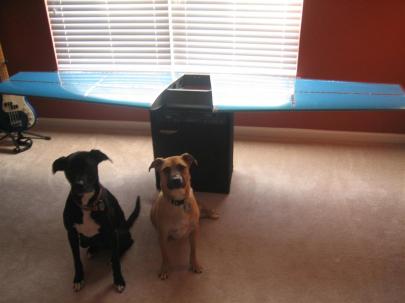By the title, you can tell that I totally forgot the vent clip on the right tank’s fuel cap flange.
I spent a week preparing myself, reading everyone’s posts on VAF and their build logs, all of which said, “don’t forget the vent clip.”
Of course, I forgot the vent clip.
Before we get into the proseal again, I got a tool order in from the Yard.
Boelube, safety wire (0.032″), safety wire pliers, a few clecos, a new flush set, and a whole bunch of drill bits.
Here’s my old flush set and the new one. I”m a little nervous to try it out, so I’ll probably do some practice rivets first.
Okay, let’s get to fixing that forgotten vent clip.
Surprisingly, after a day or so, it was pretty easy to just pull off the proseal dab I had on the rivet.
Oh, someone mentioned on VAF that I shouldn’t use the blue stuff as electrical tape. I pulled off a few sections to see how it went, and I actually like the way it works. I’ll stick with the blue stuff.
Okay, this paragraph represents the 3 times I had to drill out and reinstall the rivet.
Here’s the first try. When it set, it was a little proud, and I just couldn’t stand for that.
After trying two more times, I ended up with this one.
It’s pretty great, except for the fact that it’s differently colored. (I think that particular rivet came with the practice kit.
Here’s the vent clip side. After reading more, some people who forget this just leave it off, as the next inboard rib is so close.
I figured that Van put it there for a reason.
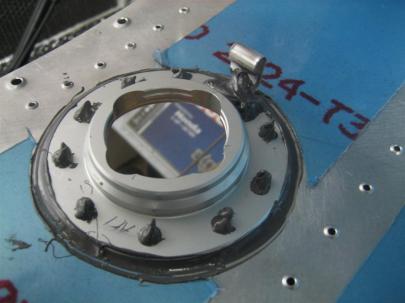
My clip is a little tall (which means it will be lower), but everyone just bends the very tip up anyway.
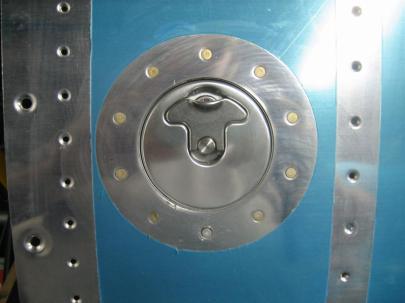
The rivet in question is the bottom one. If I still decide to polish the airplane, the rivets will all turn to the same polished color. I just need to remember to get rid of that tiny sliver of proseal sticking out from beneath the head.
Overall, today was a REALLY frustrating day. Didn’t set any new rivets, but drilled 3 times.
I guess I have to have days like this so that the other days can be good ones. Onwards and upwards.
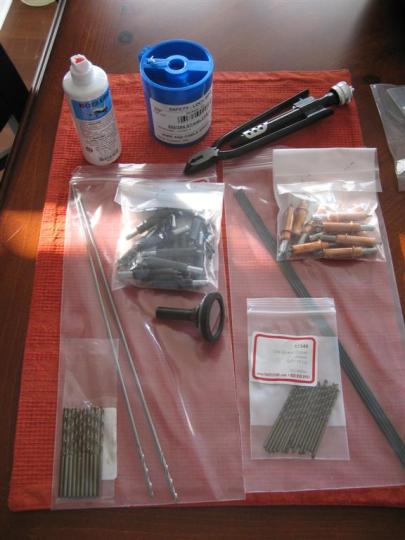




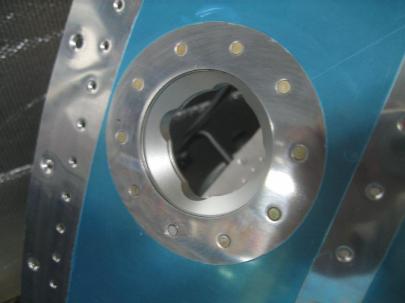



 Posted by Andrew
Posted by Andrew 














